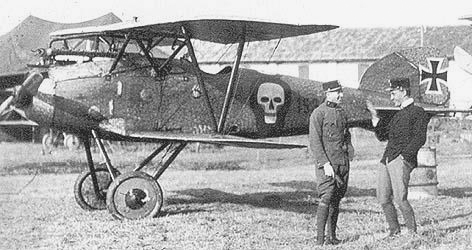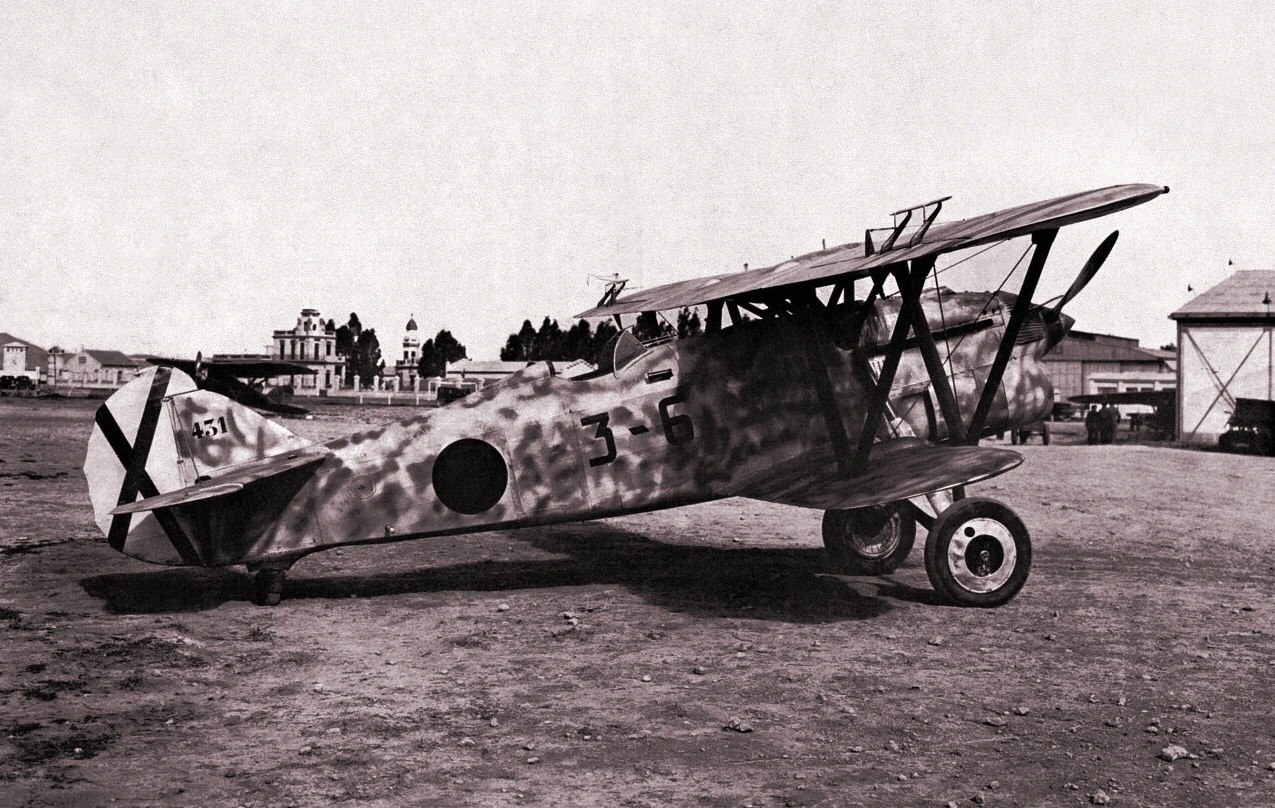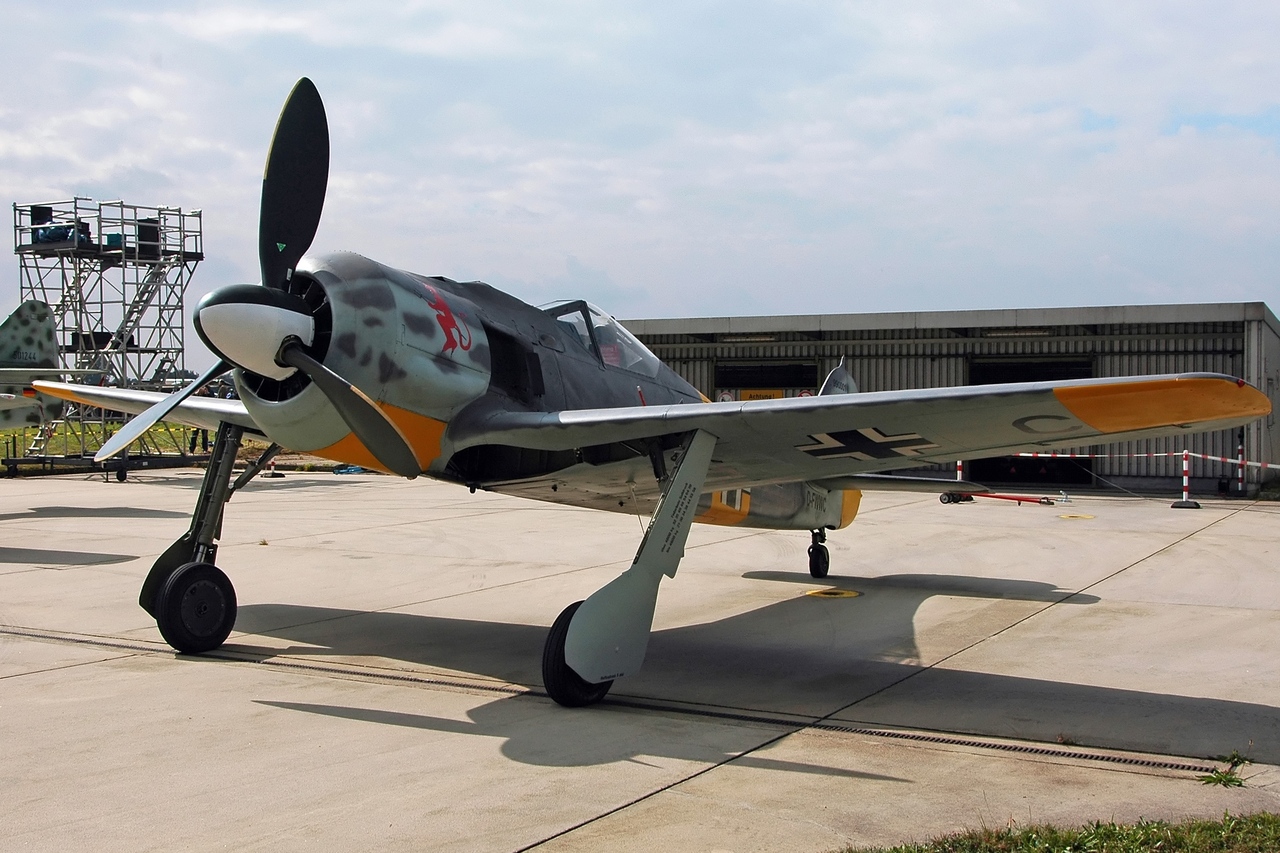
- For PC
- For MAC
- For Linux
- OS: Windows 7 SP1/8/10 (64 bit)
- Processor: Dual-Core 2.2 GHz
- Memory: 4GB
- Video Card: DirectX 10.1 level video card: AMD Radeon 77XX / NVIDIA GeForce GTX 660. The minimum supported resolution for the game is 720p.
- Network: Broadband Internet connection
- Hard Drive: 17 GB
- OS: Windows 10/11 (64 bit)
- Processor: Intel Core i5 or Ryzen 5 3600 and better
- Memory: 16 GB and more
- Video Card: DirectX 11 level video card or higher and drivers: Nvidia GeForce 1060 and higher, Radeon RX 570 and higher
- Network: Broadband Internet connection
- Hard Drive: 95 GB
- OS: Mac OS Big Sur 11.0 or newer
- Processor: Core i5, minimum 2.2GHz (Intel Xeon is not supported)
- Memory: 6 GB
- Video Card: Intel Iris Pro 5200 (Mac), or analog from AMD/Nvidia for Mac. Minimum supported resolution for the game is 720p with Metal support.
- Network: Broadband Internet connection
- Hard Drive: 17 GB
- OS: Mac OS Big Sur 11.0 or newer
- Processor: Core i7 (Intel Xeon is not supported)
- Memory: 8 GB
- Video Card: Radeon Vega II or higher with Metal support.
- Network: Broadband Internet connection
- Hard Drive: 95 GB
- OS: Most modern 64bit Linux distributions
- Processor: Dual-Core 2.4 GHz
- Memory: 4 GB
- Video Card: NVIDIA 660 with latest proprietary drivers (not older than 6 months) / similar AMD with latest proprietary drivers (not older than 6 months; the minimum supported resolution for the game is 720p) with Vulkan support.
- Network: Broadband Internet connection
- Hard Drive: 17 GB
- OS: Ubuntu 20.04 64bit
- Processor: Intel Core i7
- Memory: 16 GB
- Video Card: NVIDIA 1060 with latest proprietary drivers (not older than 6 months) / similar AMD (Radeon RX 570) with latest proprietary drivers (not older than 6 months) with Vulkan support.
- Network: Broadband Internet connection
- Hard Drive: 95 GB
The first nation to recognize the potential of military air power was Austria. The first aerial bombing in history took place during the siege of Venice in August 1849. The Austrians launched unmanned balloons armed with 30 lbs of explosives and time-delay fuzes on the city. Wind turned out to be a difficult ally, and the attempted bombing was mostly ineffective, but the city surrendered just a few days after the operation.
 |
|
Godwin von Brumowski became the most successful fighter ace |
The Austro-Hungarian Empire had an air force up and running as early as August 1893 in the form of the Military Aeronautical Institute, which focused on the military applications of balloons. During the following two decades, Austria-Hungary moved to airships and eventually fixed-wing aircraft, and as one of the major powers in WWI, their air force was significant. Mostly operating German aircraft, the Imperial and Royal Aviation Troops produced many successful aces from several nation states such as Godwin von Brumowski, Julius Arigi, and Benno Fiala von Fernbrugg.
Austria-Hungary fought on the losing side of the war, and the empire was disbanded in 1918. Similar to the peace terms on Germany, Austria was also banned from operating military aircraft. Also similarly to the Germans, Austria later began building an air force in secret. By 1933, Austria was buying fighters from Italy with CR.20s and CR.32s forming the backbone of the air force. In 1936, the red Austrian Air Force roundel with a white triangle pointing downwards was introduced.
In March 1938, Austria was anschlussed into the Third Reich. The annexation meant that the Austrian Air Force was integrated into the Luftwaffe. Many Austrians at the time considered themselves German, and they were also treated as equals by the Germans, though they might have sometimes found the Austrian accent amusing.
 |
|
The early Austrian Air Force relied heavily on Italian biplane fighters like the CR.20 and CR.32 featured in the image above. |
Not all Austrians were happy with the Anschluss. A couple joined the RAF to fight the Germans in WWII. Probably the most notable Austrian to fly for the RAF was Manfred Beckett Czernin, who scored 13 confirmed victories during the Battle of Britain with the Hawker Hurricane. Later in the war, the multilingual Czernin was parachuted twice behind enemy lines for special operations in Northern Italy.
Of course, Austria also produced large numbers of aces for the Luftwaffe, such as Walter Nowotny and Maximillian Stotz, but one of the most interesting stories belongs to Hermann Buchner. Assigned to a ground attack unit, Buchner flew Bf 109 E-7s and Fw 190 A/Fs armed with bombs on the Eastern Front. He was very successful as a bomber pilot, claiming a total of 46 tank kills. However, the fighter-bombers often had to protect themselves from enemy fighters, and Buchner claimed 46 aerial victories in the east. Buchner’s record with the Fw 190 was so impressive, that he was offered a transfer to a unit with brand new D-9s.
 |
|
Before becoming a jet ace, Hermann Buchner flew fighter bombers in the Eastern Front. While ultimately successful with the Bf 109 and Fw 190, he was shot wounded several times. |
He decided to move to a Me 262 unit instead, though he had never heard of either aircraft before. During his first jet mission on November 26th 1944, he shot down a P-38 Lightning, and went on to score a total of 12 victories with the Schwalbe. Buchner survived the war, and later joined the reformed Austrian Air Force in 1955, his experience proving valuable with the first Austrian jet, the DH.115 Vampire Trainer.
After the Allied occupation of Austria ended in 1955, the newly established Air Force initially flew a mishmash of aircraft until the acquisition of J 29 Tunnans from Sweden. The neutral Austrians were content with Swedish designs, eventually also buying Saab 105s and J 35 Drakens. The current fighter of choice for the Austrian Air Force is the Eurofighter Typhoon.
Juho “Rautaa” Maijala
To honor the Austrian Air Force and Austrian pilots, we are proud to present the Austrian Air Force roundel, which will be added to War Thunder in a next major patch:




